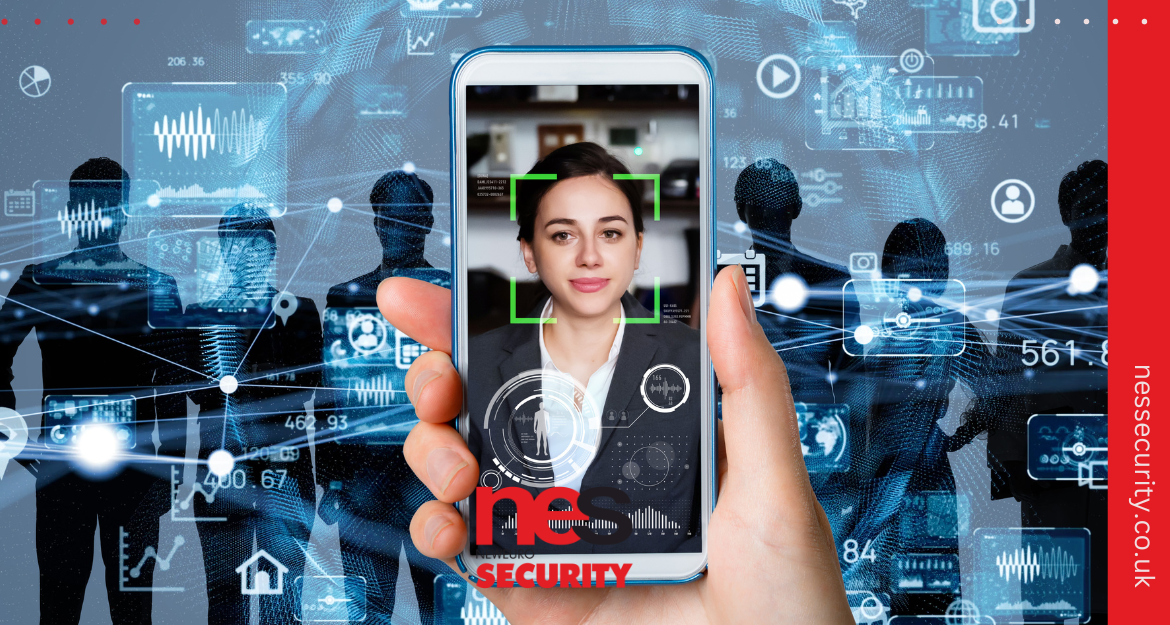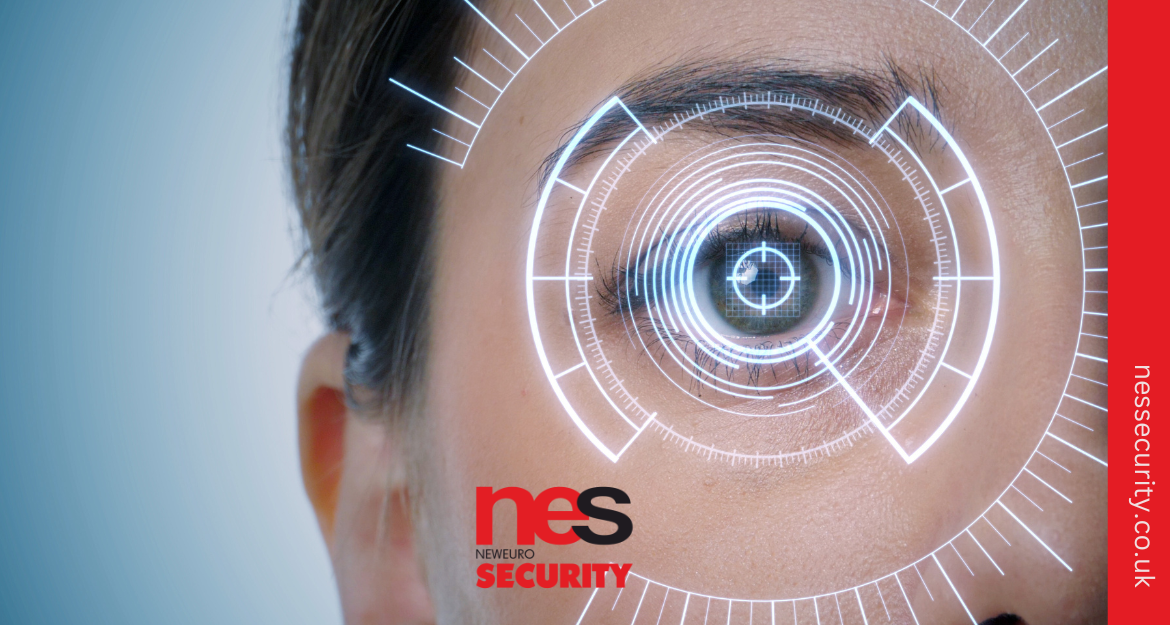Imagine a world where your unique physical or behavioural characteristics grant you access to your home, workplace, or personal devices. It sounds like something out of a futuristic film, but it is actually a reality today. Biometric authentication, a technology that utilises human traits for identification and verification, has transformed the way we secure our surroundings.
From fingerprints to facial recognition, biometrics has come a long way, revolutionising access control systems and enhancing security in various domains. In this article, we will delve into the world of biometric authentication, exploring its advancements, applications, and the potential it holds for the future.
The Power of Biometric Authentication in Access Control
Access control is a critical aspect of security, whether it’s safeguarding physical locations or digital data. Traditional methods of access control, such as passwords or keycards, have limitations. Passwords can be forgotten, shared, or easily hacked, while keycards can be lost or stolen. Biometric authentication offers a powerful alternative by utilizing unique biological or behavioural traits that are virtually impossible to replicate. By leveraging these distinctive features, access control systems can ensure that only authorised individuals gain entry.
Understanding Biometric Technology and Its Applications
Biometric technology analyses and measures specific physical or behavioural characteristics to identify or verify an individual’s identity. The most common biometric modalities include fingerprints, facial recognition, iris scanning, voice recognition, and even DNA analysis.
These modalities offer a high level of accuracy and reliability, making them suitable for a wide range of applications beyond traditional access control. Biometric technology finds applications in law enforcement, border control, financial institutions, healthcare, and many more sectors where security and identification are paramount.

Biometric Modalities: Exploring Different Forms of Biometric Authentication
Let’s take a closer look at some of the popular biometric modalities used in access control:
Fingerprint Recognition: This modality relies on the unique ridges and patterns on an individual’s fingertip. Fingerprint scanners capture and analyse these patterns to authenticate the person’s identity.
Facial Recognition: Facial recognition systems use cameras and algorithms to capture and analyse an individual’s facial features. By comparing the detected features with a pre-existing database, the system can authenticate the person.
Iris Scanning: Iris recognition technology examines the unique patterns in an individual’s iris, the coloured part of the eye. This modality is highly accurate and works well in challenging lighting conditions.
Voice Recognition: Voice recognition systems analyse an individual’s vocal characteristics, such as pitch, tone, and cadence, to verify their identity. This modality is commonly used in telephone banking and voice assistants.
Enhancing Security with Biometric Access Control Systems
Biometric access control systems offer several advantages over traditional methods. Firstly, biometric traits are unique to individuals, reducing the risk of unauthorised access. Unlike passwords or keycards, biometric information cannot be easily shared, forgotten, or stolen.
Additionally, biometric authentication eliminates the need for individuals to remember complex passwords or carry physical access cards, enhancing convenience and user experience. Moreover, biometric systems provide a robust audit trail by logging the time and identity of each access attempt, aiding in forensic investigations if needed.
Advancements in Biometric Authentication Technologies
Biometric authentication technologies continue to evolve rapidly, driven by advancements in hardware, algorithms, and machine learning. Here are some notable advancements in the field:
Multi-Modal Biometrics: Combining multiple biometric modalities, such as fingerprints and facial recognition, enhances the accuracy and security of the authentication process.
Contactless Biometrics: With the advent of COVID-19, contactless biometric solutions have gained popularity. These include touchless fingerprint scanners, facial recognition systems that operate from a distance, and voice recognition without the need for close proximity.
Behavioural Biometrics: Instead of relying solely on physical characteristics, behavioural biometrics analyse unique behavioural patterns, such as typing speed or gait, to authenticate individuals. This approach offers an additional layer of security and convenience.
Biometrics in Everyday Life: Applications Beyond Access Control
Biometric authentication has found its way into our everyday lives beyond access control. Here are some notable applications:
Mobile Devices: Many smartphones now incorporate fingerprint or facial recognition as a means of unlocking the device and securing sensitive data.
Financial Services: Biometrics are increasingly used in banking and payment systems, allowing users to authenticate transactions using their fingerprints or facial features.
Healthcare: Biometric authentication ensures secure access to medical records, protects patient information, and helps prevent identity theft in healthcare facilities.
Addressing Privacy and Ethical Considerations in Biometric Authentication
As biometric technology becomes more prevalent, concerns regarding privacy and ethics arise. It is crucial to strike a balance between security and protecting individual rights. Organisations implementing biometric authentication must ensure that user data is securely stored and processed, adhering to stringent data protection regulations. Transparency and informed consent should be prioritised to address any concerns individuals may have regarding the collection and use of their biometric information.

Biometric Authentication: Overcoming Challenges and Limitations
While biometric authentication offers numerous advantages, it is not without its challenges. Here are a few key considerations:
False Acceptance and Rejection Rates: Biometric systems may occasionally produce false acceptance (mistakenly granting access to an unauthorised person) or false rejection (denying access to an authorised person). Ongoing research aims to minimise these errors and improve system accuracy.
Spoofing and Presentation Attacks: Biometric systems can be vulnerable to spoofing, where malicious individuals attempt to deceive the system using fake biometric samples. Robust anti-spoofing techniques, such as liveness detection, are being developed to counter these attacks.
Scalability and Integration: Implementing biometric authentication on a large scale requires careful planning and integration with existing infrastructure. Considerations such as hardware compatibility, network bandwidth, and system maintenance should be addressed for successful deployment.
The Future of Biometric Authentication in Access Control
Looking ahead, the future of biometric authentication in access control holds tremendous potential. Here are some exciting developments on the horizon:
Continuous Authentication: Rather than authenticating individuals only during initial access, continuous authentication monitors biometric traits throughout the user’s session, enhancing security and detecting anomalies in real time.
Biometrics as a Service (BaaS): Cloud-based biometric solutions offer scalable and cost-effective options for organisations to implement secure access control systems without the need for extensive on-premises infrastructure.
Biometric Fusion: Combining multiple biometric modalities with other technologies, such as artificial intelligence and machine learning, can further enhance accuracy, robustness, and user experience.
FAQs
Is biometric authentication more secure than traditional methods?
Yes, biometric authentication provides a higher level of security compared to traditional methods like passwords or keycards. Biometric traits are unique to individuals and difficult to replicate, reducing the risk of unauthorised access.
Can biometric authentication be fooled by fake fingerprints or faces?
Biometric systems have evolved to counter spoofing attacks. Advanced algorithms and liveness detection techniques can identify fake biometric samples and prevent unauthorised access.
Is biometric authentication suitable for all environments?
Biometric authentication can be tailored to different environments. For example, iris scanning is ideal for high-security facilities, while facial recognition works well in more public settings. The choice depends on the specific needs and requirements of the organisation.
Final Thoughts
Biometric authentication has revolutionised access control, offering enhanced security, convenience, and accuracy. With advancements in technology and ongoing research, biometric systems continue to evolve, addressing challenges and expanding their applications. However, it is essential to navigate the ethical and privacy considerations associated with biometric data. Implementing biometric access control requires careful planning, integration, and adherence to data protection regulations.
At Nes Security, we understand the importance of implementing the right access control system tailored to your specific needs. Our team of experts can guide you through the process, providing comprehensive solutions that ensure the highest level of security for your premises. Whether you require biometric authentication, surveillance systems, or other security solutions, Nes Security is here to help you safeguard what matters most.
Contact us today to discuss your requirements and install the perfect access control system for your organisation.


